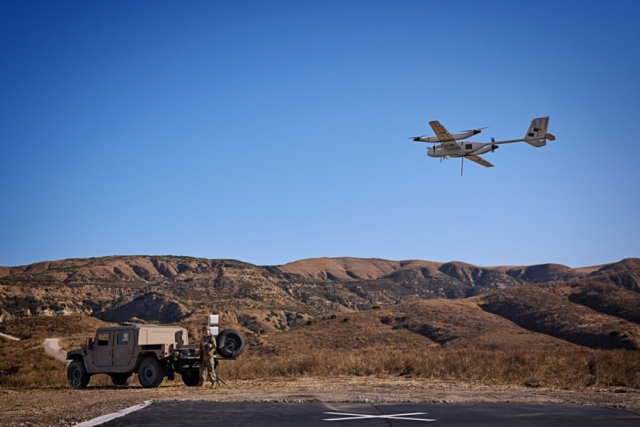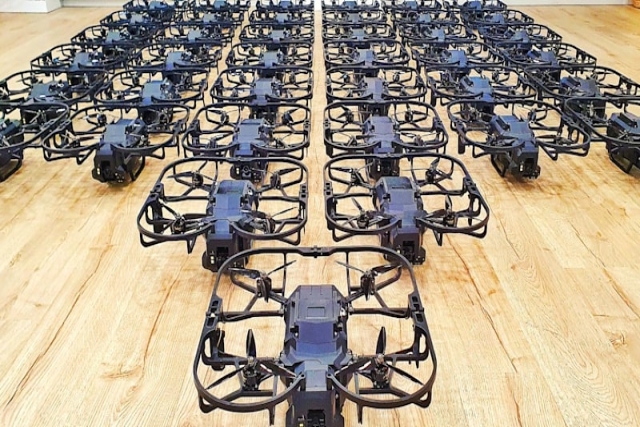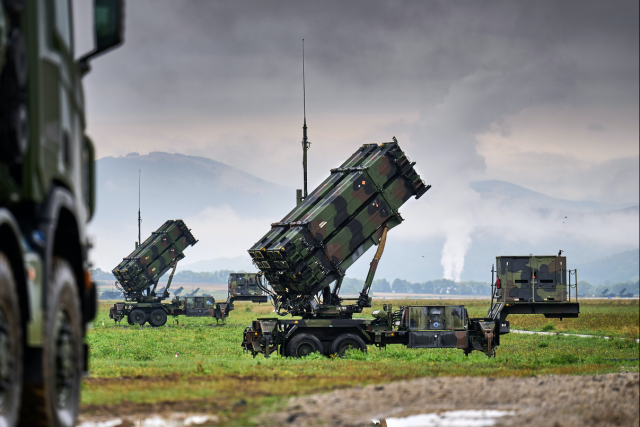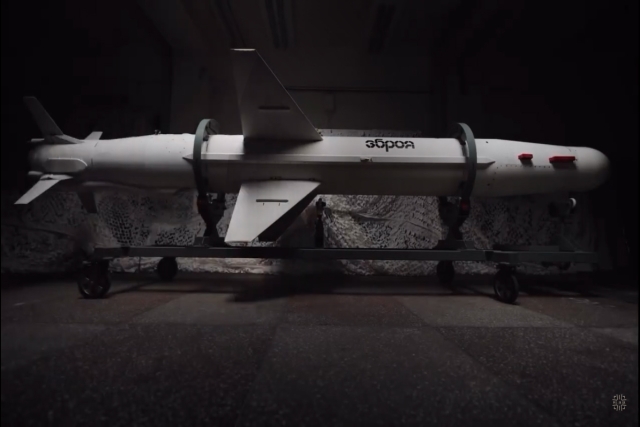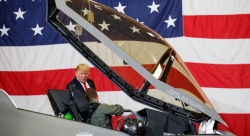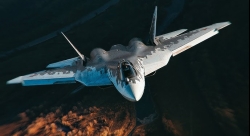U.S. Army Orders AeroVironment P550, Edge Autonomy Stalker Block 35X Drones
New long-range reconnaissance systems set to boost surveillance and battlefield awareness under Transformation in Contact 2.0
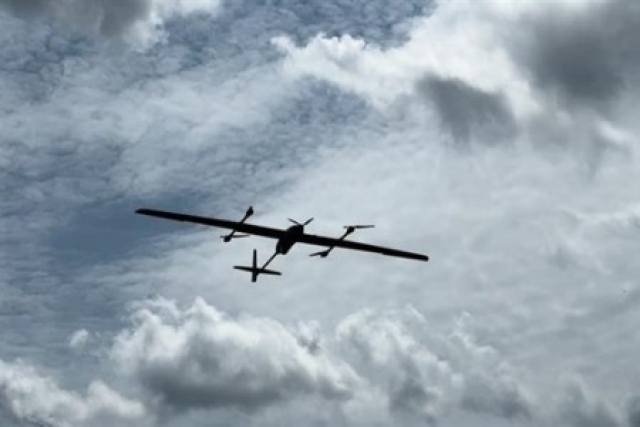
The U.S. Army has awarded contracts to AeroVironment and Edge Autonomy to rapidly deliver initial Long-Range Reconnaissance (LRR) systems for combat units.
The platforms selected — AeroVironment’s P550 and Edge Autonomy’s Stalker Block 35X — are Group 2 unmanned aircraft systems (UAS) designed to provide reconnaissance, surveillance, and target acquisition (RSTA) directly to maneuver battalions. Both systems feature open-architecture designs, enabling integration of new capabilities as mission demands evolve.
According to the Army, the introduction of LRR systems will allow commanders to expand their intelligence, surveillance, and reconnaissance (ISR) reach on the battlefield. Fielding is expected to begin later this year as part of the service’s Transformation in Contact 2.0 initiative.
Training for the new drones will be Military Occupational Specialty (MOS) agnostic, meaning any soldier will be able to operate the systems regardless of career field. This approach is intended to accelerate force-wide adoption and integration.
The LRR program also aligns with the Secretary of Defense’s July directive on “Unleashing U.S. Military Drone Dominance,” highlighting the Pentagon’s emphasis on accelerating drone innovation. Additional system selections are expected in the future as the program expands.
The Army’s Program Executive Office Aviation, working through its Uncrewed Aircraft Systems Project Office, is overseeing the effort. THe initiative ensures troops are equipped with tools that maintain tactical superiority in fast-changing operational environments.

